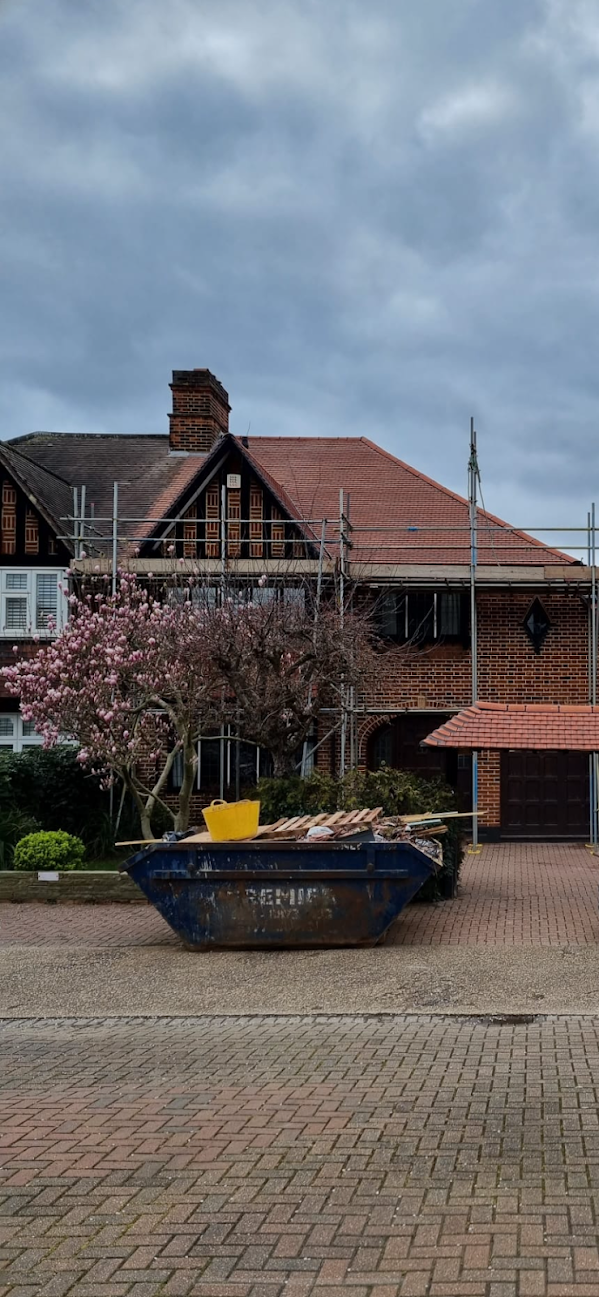+44 7853 968135
What is a common chimney problem?
Chimney maintenance often takes a backseat in home care routines, yet understanding common issues can save homeowners thousands of pounds in repair costs. From structural damage to ventilation problems, chimneys face numerous challenges that can compromise both safety and efficiency.
The most prevalent chimney problem affecting UK homes is poor ventilation caused by blockages, structural deterioration, or inadequate maintenance schedules. These issues not only reduce heating efficiency but can also pose serious health and safety risks to occupants.
Understanding the Seven Times Rule for Chimneys
The seven times rule represents a fundamental principle in chimney construction and maintenance that directly impacts performance and safety. This guideline states that a chimney’s height should be at least seven times the diameter of the flue opening to ensure proper draught.
Proper application of this rule prevents downdraught issues and ensures adequate ventilation for combustion appliances. When chimneys fail to meet these proportions, homeowners often experience smoke entering living spaces, poor fuel efficiency, and increased risk of carbon monoxide buildup.
Need some Support with your chimney Repairs? Speak with a member of our Professional Chimney Repairs Team here

Typical Costs for Chimney Repairs in the UK
Chimney repair costs in the UK vary significantly depending on the extent of damage and location, with basic maintenance starting from £150 and major reconstructions reaching £15,000 or more. Minor repairs such as repointing or flashing replacement typically cost between £300-£800, whilst complete chimney rebuilds can exceed £10,000.
Regional variations affect pricing considerably, with London and Southeast England commanding premium rates compared to northern regions. Material costs, accessibility challenges, and specialist labour requirements all contribute to the final expense, making early intervention crucial for cost management.
| Repair Type | Cost Range (£) | Typical Duration |
|---|---|---|
| Flashing repair | 200-500 | 1-2 days |
| Repointing | 300-800 | 2-3 days |
| Crown replacement | 800-1,500 | 3-5 days |
| Complete rebuild | 8,000-15,000 | 2-3 weeks |
Recognising Symptoms of a Blocked Chimney
A blocked chimney presents several unmistakable warning signs that homeowners should never ignore, with the most obvious being smoke entering the room rather than exiting through the flue. White staining on the exterior chimney, known as efflorescence, often indicates moisture problems that can lead to blockages over time.
Other critical symptoms include strong odours emanating from the fireplace, especially during damp weather, and animals or birds making noise within the chimney structure. These blockages commonly result from debris accumulation, bird nests, or structural collapse, requiring immediate professional assessment to prevent dangerous carbon monoxide exposure.
Understanding Chimney Leaks During Heavy Rainfall
Chimney leaks during heavy rain represent one of the most frequent issues affecting UK properties, particularly those with older or poorly maintained chimney systems. The combination of driving rain and inadequate weatherproofing creates ideal conditions for water penetration through mortar joints, damaged flashing, or compromised chimney crowns.
Normal chimneys should not leak during heavy rainfall when properly constructed and maintained, making any water ingress a clear indication of underlying problems. Water damage can rapidly escalate from minor dampness to serious structural issues, affecting not only the chimney but also adjacent walls, ceilings, and internal decorations.
| Common Leak Sources | Repair Urgency | Prevention Method |
|---|---|---|
| Damaged flashing | High | Annual inspection |
| Cracked crown | High | Protective coating |
| Loose mortar | Medium | Regular repointing |
| Missing chimney cap | High | Professional installation |
For comprehensive guidance on building regulations and chimney safety standards, homeowners should consult the UK Government’s building regulations documentation, which outlines essential requirements for chimney construction and maintenance.
Addressing Common Chimney Problems Effectively
Understanding what constitutes a common chimney problem empowers homeowners to take proactive measures before minor issues become costly emergencies. Regular inspection schedules, combined with professional maintenance, significantly reduce the likelihood of serious structural damage or safety hazards.
The key to successful chimney management lies in recognising early warning signs and responding promptly with appropriate interventions. Professional chimney sweeps and structural engineers provide invaluable expertise in identifying problems that might escape untrained observation.
Prevention remains far more cost-effective than reactive repairs, with annual maintenance typically costing under £200 compared to major structural work reaching thousands of pounds. The Health and Safety Executive guidelines emphasise the critical importance of proper chimney maintenance in preventing carbon monoxide poisoning and other safety hazards.
Key considerations for effective chimney maintenance include:
Need Help with Chimney Repairs? Talk to one of our Professional Chimney Repairs Experts today!
What is a Common Chimney Problem: Frequently Asked Questions
Poor maintenance and weather exposure create the majority of chimney issues, with water penetration being the leading cause of structural damage. Regular inspection and timely repairs prevent most serious problems from developing.
Annual inspections are recommended for actively used chimneys, with bi-annual checks advisable for properties in exposed locations. Professional sweeps can identify developing issues before they become expensive repairs.
Basic external inspections and keeping the area clear of debris are suitable for homeowners, but internal cleaning and structural assessments require professional expertise. Safety considerations make DIY maintenance inadvisable for most chimney work.
Stop using the fireplace immediately and ensure adequate ventilation whilst calling a professional chimney sweep for urgent assessment. Continuing to use a faulty chimney poses serious carbon monoxide risks.
High winds can create downdraught problems whilst heavy rain tests waterproofing systems, and freeze-thaw cycles damage mortar joints. Understanding these effects helps homeowners prepare for seasonal challenges.
Coverage varies significantly between policies, with gradual deterioration typically excluded whilst sudden damage may be covered. Reviewing policy terms and maintaining good chimney condition helps ensure valid claims.
Look for Institute of Chimney Engineers certified professionals or Guild of Master Chimney Sweeps members who maintain professional standards. Proper certification ensures competent assessment and repair work.
Minor repairs often complete within 1-2 days whilst major reconstruction can require several weeks depending on weather and complexity. Planning repairs during favourable weather minimises delays.
Installing chimney caps, maintaining proper flashing, and scheduling regular cleaning significantly reduce problem frequency. Proactive maintenance costs far less than emergency repairs.
Blocked chimneys prevent proper ventilation and can cause dangerous carbon monoxide buildup in living spaces. Immediate professional assessment is essential if blockage is suspected.
Significant structural movement, extensive mortar deterioration, or repeated leak problems often indicate rebuild necessity. Professional structural assessment determines whether repair or replacement is most appropriate.
Adequate height ensures proper draught for efficient combustion and prevents downdraught issues that cause smoke problems. The seven times rule provides guidance for optimal height calculations.
Some local councils offer grants for essential safety repairs, particularly for vulnerable households or listed buildings. Contacting your local authority’s housing department provides information about available assistance programmes.
Spring and autumn represent optimal times for major repairs whilst summer allows for preventive treatments and winter requires emergency response readiness. Seasonal planning ensures timely maintenance completion.

